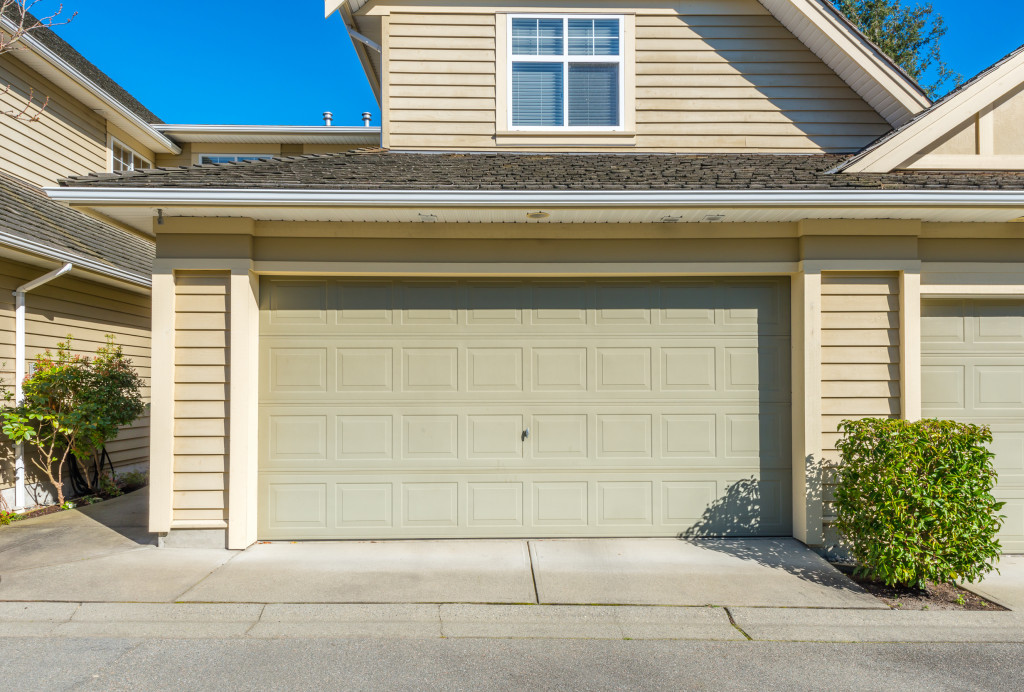When you think of cleaning, what comes to mind? If you’re like most people, the idea of a sunny Saturday afternoon spent vacuuming and mopping is probably pretty high on your list. But garages need some loving too.
One of the keys to a successful cleanup is knowing what you’re cleaning. Several types of dirt and debris accumulate on floors in garages–and some are more difficult to remove than others. The following is an overview of the most common types of dirt, along with advice on how best to clean each one.
1. Fluid Leaks
Fluid leaks are one of the most common forms of dirt in a garage. Fluids can end up on the ground for many reasons, including oil changes, fuel spills, transmission fluid leaks, brake fluid leaks, or power steering fluid leaks.
Oil spills are one of the most common fluid leaks in a garage. They get on the floor when an oil change is done or after an engine backfires.
When fluids are spilled, they may seep into porous surfaces like concrete or asphalt. The liquids can also seep into the cracks in these surfaces and then resurface at a later time. It is much easier to clean up fluids when they are still wet, so cleaning up spills immediately is important.
Cleanup Steps: Place a drop cloth or several layers of newspaper over the oil spill to hedge against any overspray. Use commercial degreasers, be sure to follow all instructions on the label. To avoid this problem, buy lift diapers to contain the oil.
2. Car Wax
Many people wax their cars often, which leaves a layer of sticky residue on the garage floor. Car wax is made up of natural and synthetic chemicals, so it can be toxic to humans and pets if ingested.
Clean-up Steps: Wet the car wax with water and wait for it to become soft and malleable. Then, use a stiff bristle brush to scrape away as much of the wax as possible. Once all visible car wax is gone, rinse the area with water and dry it thoroughly. You may need to clean more than once to remove old layers of wax and then apply a new layer.
3. Grease Spills
Grease spills are common in garages that deal with automotive repairs or oil changes. These types of greases are very difficult to clean up because they are sticky and attract debris.
It’s important to follow proper clean-up steps if a significant amount of grease is spilled because it can damage the flooring and cause slippery surfaces.
Clean-up Steps: Use absorbent towels to soak up as much of the grease as possible. Then, apply a cleaning solution and allow it to sit for a few minutes. Scrub the affected area with a brush and then rinse clean.
4. Molds and Mildews

Molds and mildews are common in garages because they like dark, warm, and moist environments. They can form on ceilings or walls if moisture is left behind.
Are molds dangerous to health? Molds release spores, which can cause allergic reactions and respiratory issues in some people. If you believe that mold has formed on the surfaces in your garage, clean it immediately to prevent any problems.
Clean-up Steps: The best solution for molds is bleach mixed with detergent. Apply the mixture with a scrub brush and allow it to sit for a few minutes. The bleach will kill the mold.
5. Tree Sap
Tree saps are sticky fluids that get on car paint jobs during storms or when trees are pruned. They can also seep onto driveways and into cracks in concrete or asphalt. It’s important to get sap off your car as quickly as possible because it is difficult to remove later on and can damage the paint job if not cleaned up immediately.
Clean-up Steps: The best way to clean tree sap from a car is to use a chisel or putty knife to lift it. Then, apply a cleaning solution and allow it to sit for a few minutes. Use a stiff bristle brush to scrub the sap until it is softened, rinse clean with water, and dry thoroughly.
6. Dust and Dirt
Dirt is a common problem in garages because they are often used as storage spaces for recreational vehicles or tools. Additionally, they can become dusty if not maintained regularly.
Dirt and dust don’t pose any immediate health risks, but dirty floors increase the risk of slipping and falling. In addition, dirt can absorb oil and grease, so it’s important to clean up these spills immediately.
Clean-up Steps: Start by sweeping or vacuuming the floor in your garage. Then, wipe down each surface with a cleaning solution and allow it to dry thoroughly.
7. Pet Urine
Pet urine poses health risks because it can contain bacteria and parasites. It is also difficult to clean because it stains concrete floors permanently.
Cleanup Steps: Cleaning up animal waste isn’t always easy, but a few solutions work well for this problem. Mix equal parts of water and hydrogen peroxide in a spray bottle to apply to the affected area. Then, apply baking soda to the surface and scrub with a brush. Finally, use an enzyme-based solution that will help break down any bacteria or residue left behind.
Regular cleaning is an essential part of owning a garage because it can prevent accidents and health risks. Knowing what to watch out for will help you manage these types of dirt with ease.

